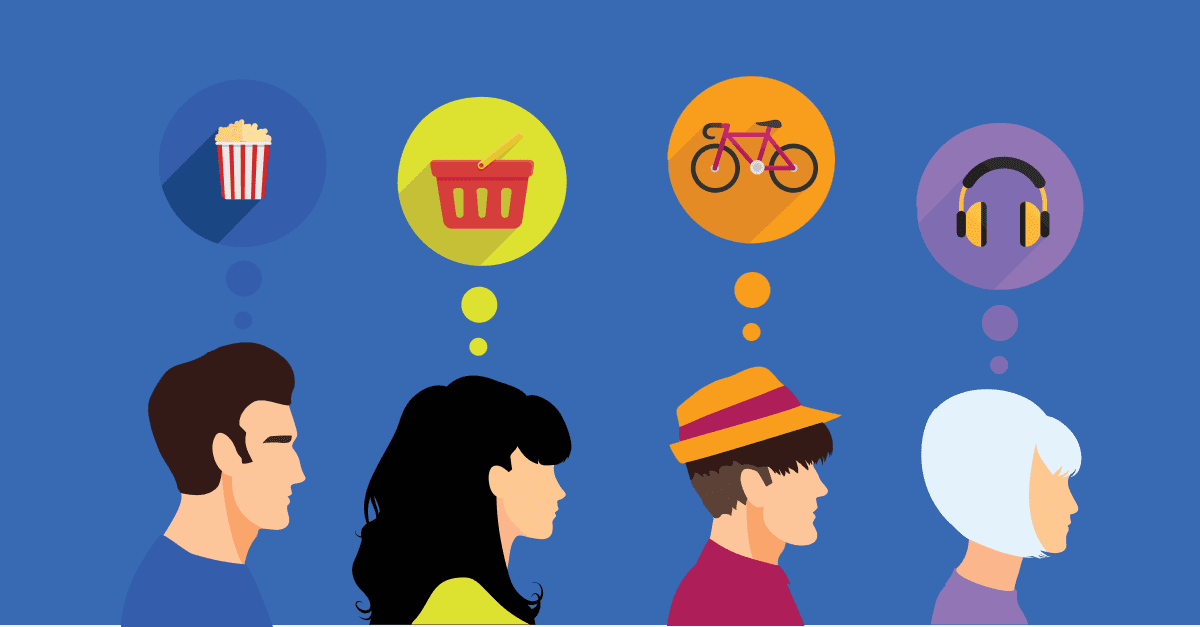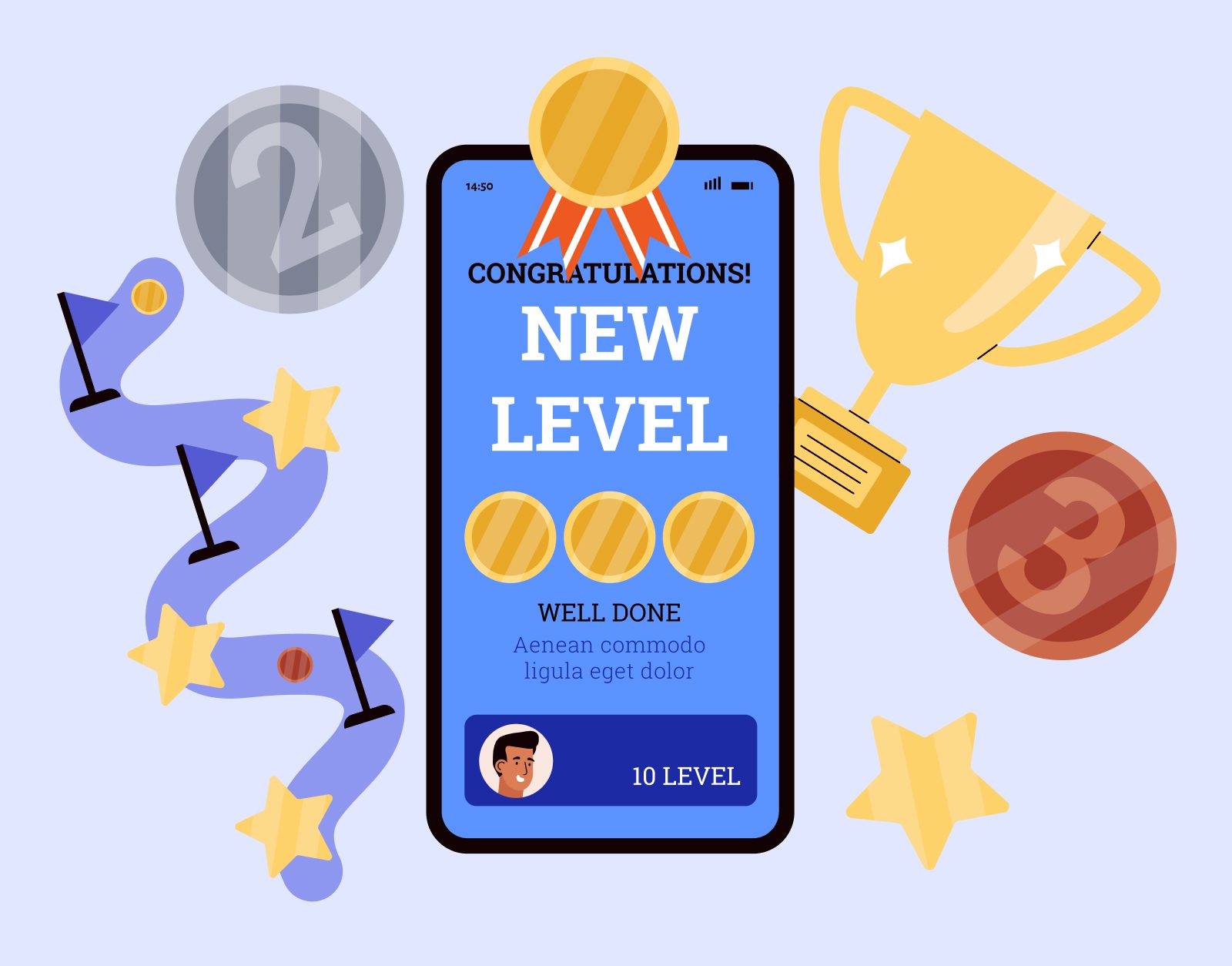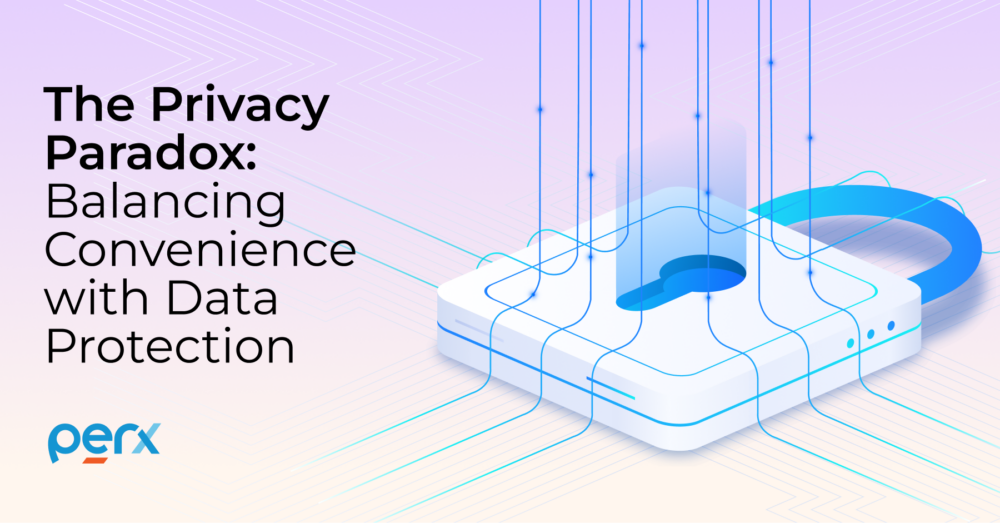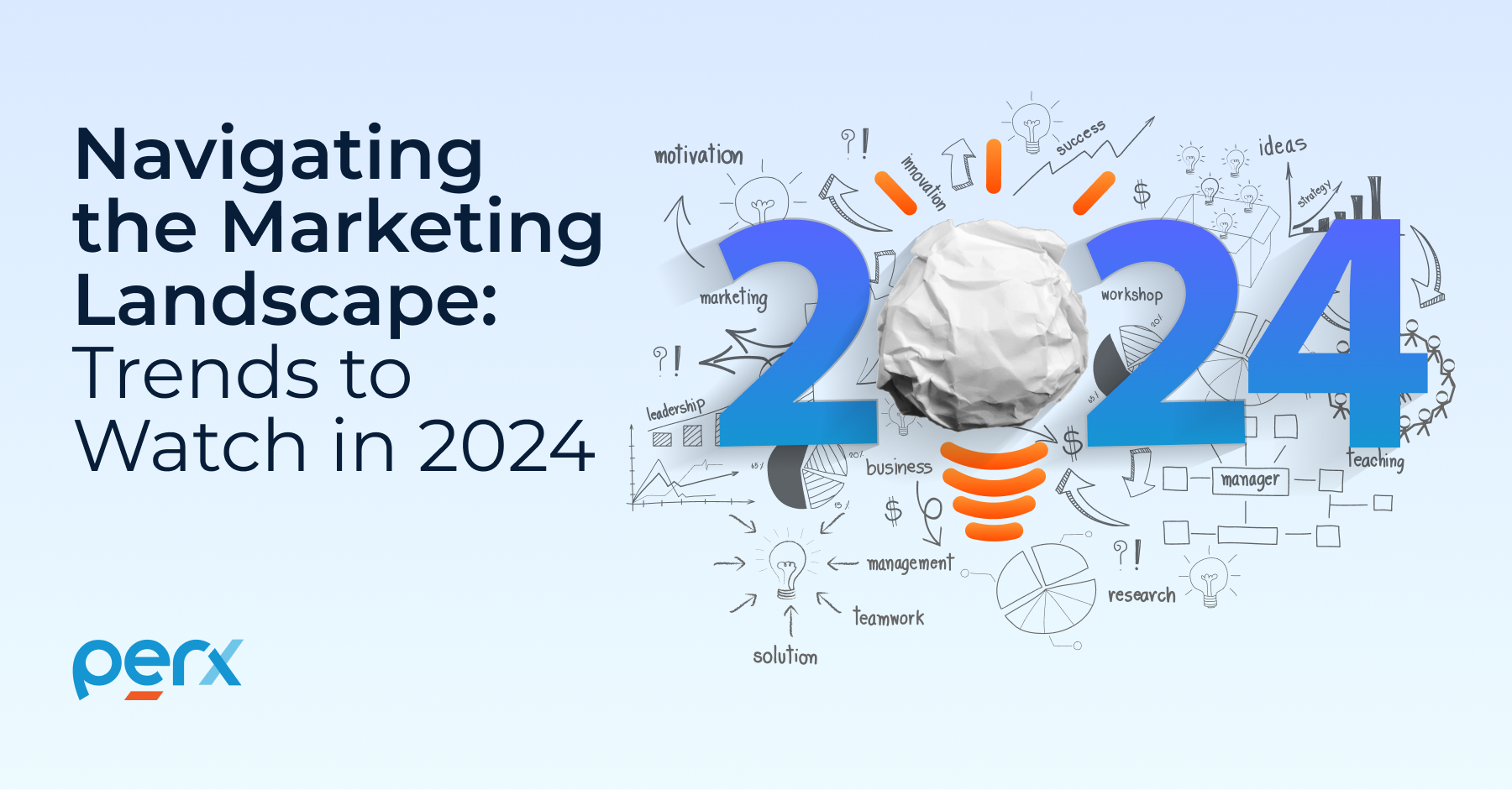From Data to Devotion: Leveraging AI for Lasting Customer Loyalty

From Data to Devotion: Leveraging AI for Lasting Customer Loyalty
Explore strategies to drive customer loyalty in the age of AI
As the digital revolution marches forward, businesses are increasingly turning to artificial intelligence (AI) to navigate the complex landscape of customer engagement and loyalty.
Gone are the days of generic marketing blasts and one-size-fits-all rewards programs. Today, success lies in the ability to harness the power of AI to deliver hyper-personalized experiences that resonate with customers on a deeply individual level. In fact, Google Cloud found that 75% of shoppers prefer brands that tailor interactions and outreach to them, and a staggering 86% seek brands that grasp their interests and preferences.
Strategies for Winning Loyalty in the Age of AI
In today’s dynamic business landscape, embracing the transformative power of AI is not just a choice, but a necessity for sustainable growth. Here are some key strategies to help businesses thrive:
1. Hyper-Personalization
Harnessing the capabilities of AI to delve deep into vast reservoirs of customer data offers a remarkable

reservoirs of customer data offers a remarkable opportunity to understand individual preferences, behaviors, and needs. By leveraging this insight, businesses can tailor experiences to resonate with each customer on a personal level.
Amazon, for example, employs AI algorithms to craft tailored recommendations and exclusive offers based on each customer’s unique interactions and shopping history.
2. Real-Time Marketing
The ability to analyze customer data in real-time using AI algorithms empowers businesses to deliver targeted messages precisely when they are most relevant and impactful. This not only enhances the overall customer experience but also significantly boosts the likelihood of repeat purchases and brand loyalty.
McDonald’s, for example, effectively utilized AI-enhanced geo-targeting technology to offer personalized mobile app deals based on specific locations and times, resulting in increased foot traffic, enhanced app engagement, and boosted sales.
3.Customer Rewards
Incentivizing desired behaviors through rewards and incentives can foster deeper customer loyalty and engagement.AI-driven analysis of customer data enables businesses to optimize rewards programs by identifying the most effective incentives for each individual customer.
For example, AI can allow for customers to personalize their reward choices, thereby making them feel more valued and appreciated.
4. Gamified Experiences
Integrating game-like elements into brand interactions provides customers with interactive and enjoyable experiences that encourage loyalty. By leveraging AI, businesses can personalize such challenges and quests based on individual preferences, making the experience more engaging and rewarding.
As customers actively participate and complete tasks in exchange for rewards, they experience a sense of accomplishment, thereby strengthening their connection and bond with the brand.
5. Memorable Marketing
AI-driven marketing initiatives have the potential to create unforgettable interactions with customers by injecting creativity into campaigns. Whether through immersive augmented reality installations or captivating gimmicks, AI-powered marketing endeavors capture attention and leave a lasting impression.
With advancements like Bing AI images and emerging technologies such as Sora, for example, incorporating visually compelling elements into presentations and campaigns can further enhance engagement and memorability.
In today’s dynamic marketing landscape, embracing AI tools is no longer optional – it’s imperative for businesses aiming to thrive. The growth of AI presents opportunities for innovation and competitive advantage. By seamlessly integrating it into marketing strategies, businesses can forge deeper connections with customers and secure enduring loyalty.
The Perx Advantage
Discover the game-changing capabilities of Perx, leveraging cutting-edge data analytics to delve into customer preferences like never before. Craft hyper-personalized offers that truly connect with your audience, while our gamification features and rewards programs keep customers engaged and delighted!
Ready to join the AI revolution? Book a demo today and experience the Perx Advantage in action!
Recommended for you

Blogs

Sustainability

Blogs
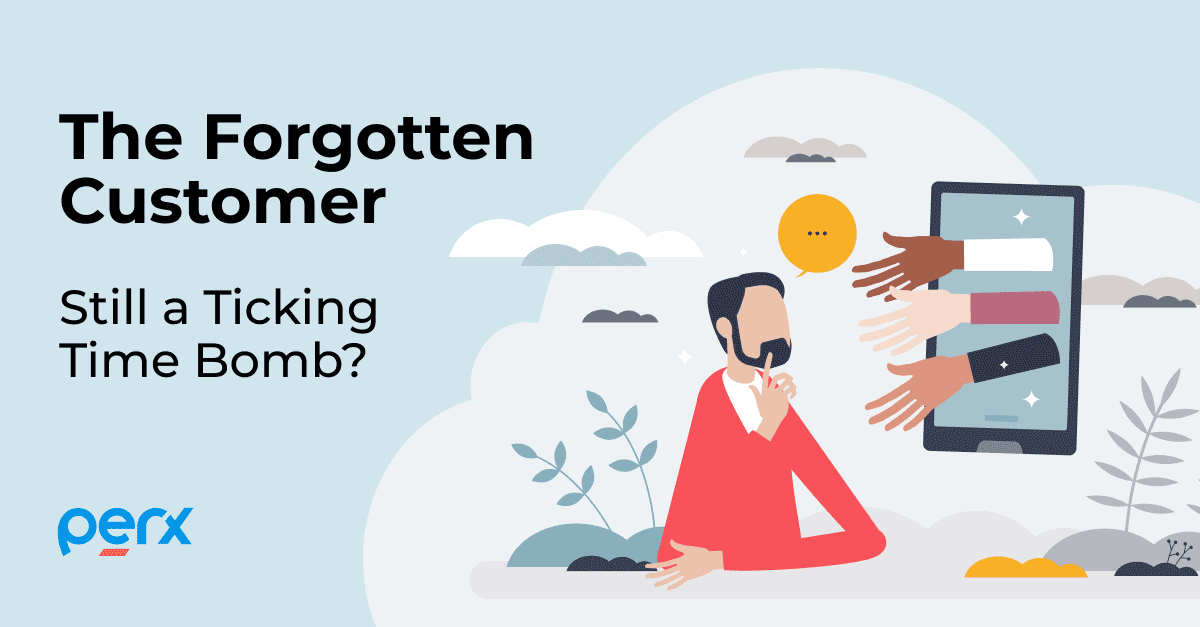
Blogs

Blogs
Ready to join them?

















